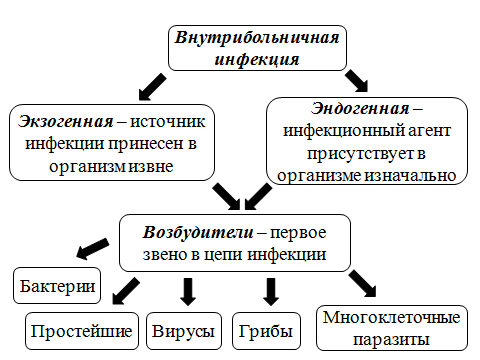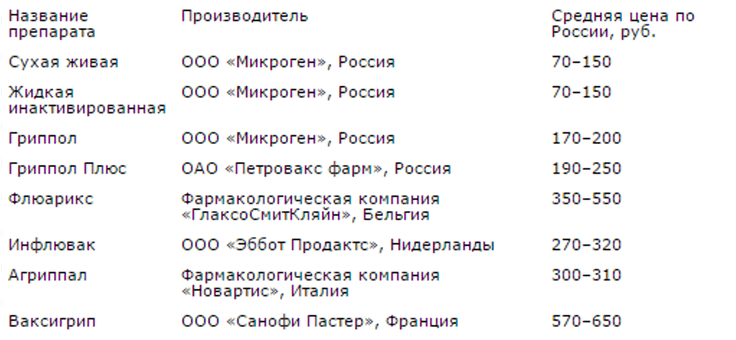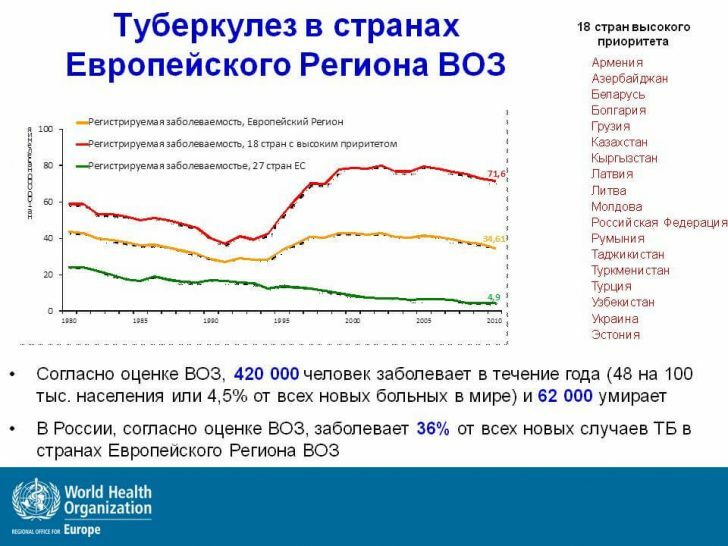Wound infection: treatment, ointments

What is a wound infection?
Signs of a wound infection are a tumor, redness, temperature and a feeling of pain. All these signs indicate that your immune system is struggling with penetrated microorganisms, rapidly developing antibodies for the fight. Common symptoms of wound infection are also considered to be fever, chills, enlarged lymph nodes and leukocytosis. When a fever occurs, it is urgent to find out its cause. The earlier the diagnosis of infection is established, the faster and more efficiently will be its treatment.
Factors of predisposition to wound infection. First and foremost, the virulence, pathogenicity, type and number of pathogenic microorganisms that fall into the wound are considered to be the decisive factor for the beginning of development of wound infection. The wounded microorganisms and bacteria quickly find the most optimal habitat for themselves. That is why the condition, age and origin of the wound is an important predisposing factor. Since the degree of contamination, the conditions of the blood supply and the number of affected tissue can be judged how quickly the local defense mechanisms will work and how effective. The effectiveness of protection mechanisms depends on the general state of the immune system, age, metabolic disorders, whether there are malignant tumors, as well as poor nutrition and worsening of the general condition.
Treatment of wound infection.
Wound infection is treated by the prescription of the following types of medications, in particular ointments, such as Vishnevsky ointment, ichthyol, tetracycline, streptocid, gentamicin and furacilin ointment. To give or not a preference for one of the above drugs for treatment, ointment or other drug, only a doctor can after a detailed examination of the affected area and a medical report. The above preparations for the treatment of wound infection have been secretly accepted by the traditional, but there are other more modern means for treating wound infection. For example, the appointment of one of the current types of therapy, or the use of acyclovir for the treatment of ointments, preparations that contain amixin, ribavirin, muporicin, oxolin.
An equally effective tool, dexpanthenol, is widely used by experts to treat aseptic postoperative wounds, abrasions, trophic ulcers and burns. If infection of postoperative wounds occurs, then zinc hyaluronate is administered in combination with therapy, which contributes to tissue regeneration. Of course, treatment with ointments will not be effective without the use of antibiotics. Although with external application of antibiotics, a number of problems are also connected. Since due to the presence of various diffusion barriers in the wound, in particular pus and necrosis, penetration of infectious agents into the depths is difficult, which significantly increases the risk of development of resistance. On the surface of the wound, a high concentration of antibiotics is created, but with depth this concentration is significantly reduced. Namely, in the depths there is a part of bacteria that must be destroyed, in order to prevent their lack of resistance. Therefore, wound infection should be treated in a complex and under the strict supervision of specialists.
Prophylaxis of the disease.
A good prevention of wound infection is the maximum prevention of ingestion and insemination of bacteria in the wound, as the very process of treatment is aimed at destroying bacteria and reducing the microflora of the affected area. It is necessary to strictly support aseptic wounds, in order to avoid a secondary infection. Other measures for prevention and treatment directly depend on the nature of the wound. If a wound with primary healing, then it is appropriate to provide an outflow of secret, opening the joints and draining the wound. If the wound belongs to the category of secondary healers, surgical treatment of the wound will be appropriate, non-viable tissues and necrosis are removed, wound pockets are widely opened and foreign bodies, if any, are extracted.
Antiseptics is used as an action to kill microbes, but this is always complicated by a number of problems. The effectiveness of antiseptic drugs is recognized as rather limited, but it has a whole list of side effects that slow the healing of the wound. Among the side effects, cytotoxicity in relation to immunocompetent cells, fibroblasts and epithelial cells, staining of the wound, pain, development of resistance and allergization can be mentioned in various degrees. All of the above effects complicate the monitoring of the wound and prevent the most accurate assessment of the disease.
Remember that medications that treat wound infection: ointments or other remedies, should be used strictly under the supervision of doctors, to comply with all regulations and regimens.



